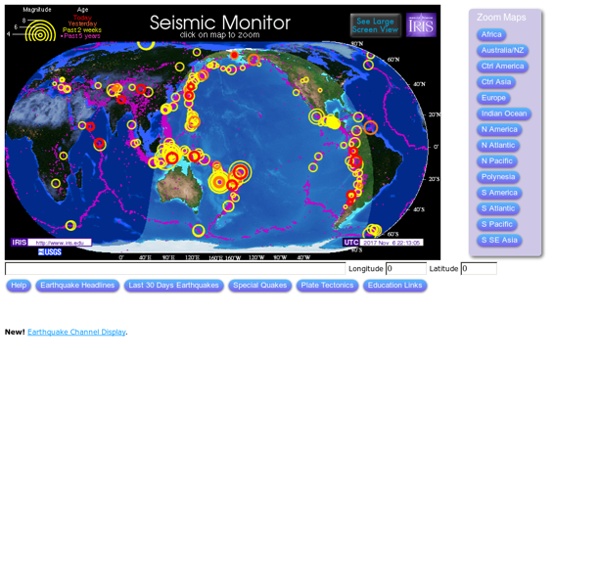



GODAE: Global Ocean Data Assimilation Experiment. Libros de Richard Dawkins para descargar Richard Dawkins es un etólogo, zoólogo, teórico evolutivo y divulgador científico británico. En su provocativo libro El espejismo de Dios, Dawkins sostiene que es casi una certidumbre que un creador sobrenatural no existe y que la creencia en un dios personal puede calificarse como un espejismo, como una persistente falsa creencia, sostenida tenazmente a pesar de la gran evidencia en contra. Dawkins concuerda en la observación hecha por Robert M. Pirsig en relación a que "cuando una persona sufre de una alucinación se le llama locura. Cuando muchas personas sufren de una alucinación se le llama religión." En enero 2010, la versión en inglés de "El espejismo de Dios" había vendido más de dos millones de ejemplares. Dawkins se declara ateo, humanista y escéptico, miembro del movimiento bright y uno de los intelectuales públicos contemporáneos más influyentes en lengua inglesa. Esta es la carta que le escribio a su hija de 10 años, para enseñarle a pensar críticamente. Querida Juliet:
El Proyecto Matriz - The Matrix Project Geology.com - Earth Science News, Maps, Dictionary, Articles, Jobs Exploring Ancient World Cultures The Fleet Numerical Meteorology and Oceanography Center (FNMOC) The Fleet Numerical Meteorology and Oceanography Center (FNMOC) provides the highest quality, most relevant and timely worldwide meteorology and oceanography support to U.S. and coalition forces from its Operations Center in Monterey, California. Meteorology Products This area provides Global & Regional Weather Prediction Charts (WXMAP) and Global Ensemble Weather Prediction Charts (EFS). Top 10 Civilizations That Mysteriously Disappeared | Top 10 Lists | TopTenz.net - StumbleUpon Throughout our history, most civilizations have either met a slow demise or were wiped out by natural disasters or invasion. But there are a few societies whose disappearance has scholars truly stumped: 10. The Olmec One of the first Mesoamerican societies, the Olmec inhabited the tropical lowlands of south-central Mexico. Where did they go? Around 400 BC the eastern half of the Olmec’s lands was depopulated- possibly due to environmental changes. 9. The Nabateans were a Semitic culture that inhabited parts of Jordan, Canaan and Arabia from around the sixth century BC. During the fourth century AD, the Nabateans abandoned Petra and no one really knows why. 8. The Aksumite Empire began in the first century AD in what is now Ethiopia and is believed to be the home of the Queen of Sheba. According to local legend, a Jewish Queen named Yodit defeated the Aksumite Empire and burned its churches and literature. 7.The Mycenaeans 6. 5.The Cucuteni-Trypillian Culture 4. 3.The Minoans 2.The Anasazi 1.
Cómo publicar subtítulos en YouTube - lanacion.com En la primera edición de esta serie de notas se trató la manera de subir, configurar y editar un video en YouTube,en la segunda le tocó el turno a la inserción de anotaciones y música. Ahora, y en un detallado y minucioso paso a paso, se mostrará cómo añadir subtítulos. Los subtítulos son de gran utilidad cuando el audio de origen no es bueno, cuando se quiere disponer detexto alternativo para que el video sea accesible para hipoacúsicos o bien para ofrecer traducciones al idioma disponible en el audio. Para subir subtítulos a YouTube, este servicio ofrece la posibilidad de realizar una (o varias) pistas de subtítulos en un documento que se realiza con el bloc de notas de Windows y al que después se lo debe renombrar con la extensión .sbv. Para realizar los subtítulos hay que escribir cuándo debe comenzar y terminar cada uno de ellos. Como cada párrafo tiene un comienzo y fin, se deberá realizar una doble marca de tiempo que se escribe así 0:00:00.000,0:00:00.000.
Brain Games & Brain Training visualizing.org Since 2005, Europe has been running the world's largest greenhouse gas market, capping emissions of its major factories and power stations, and allowing those companies to buy and sell pollution permits amongst themselves, as well as on the international "offsets" market, where funds go towards developing world projects that help curb emissions. The permits were originally handed out for free instead of by auction – a practice that, according to the Times, has likely earned some of the heaviest CO2 emitters billions of extra euros since 2005. There were also far too many credits initially issued at a time when dirty fuel was ridiculously cheap, leaving polluters with plenty of breathing room and inspiring some, like energy expert David Victor, to call the European Trading System little more than a "Potemkin market." The British non-profit organization Sandbag has created this map-based visualization in an attempt to illuminate the unwieldy world of carbon trading.